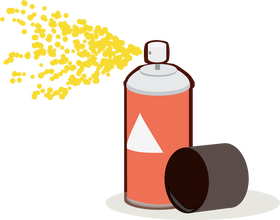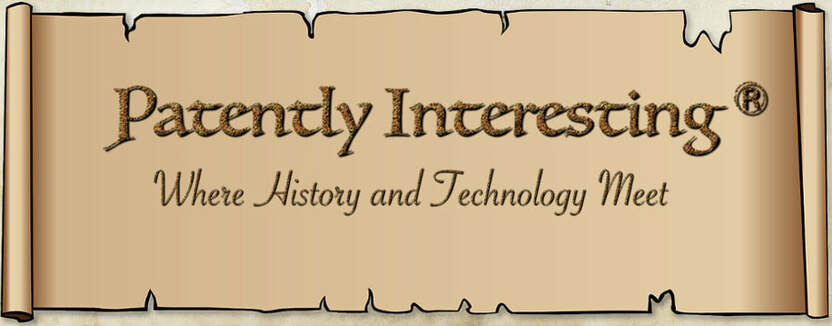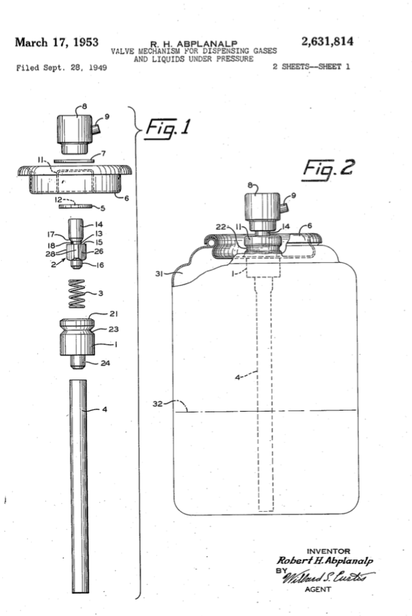
On March 17 of the year 1953, U.S. Patent No.: 2,631,814 issued to Robert H. Abplanalp of Bronx, New York for "Valve Mechanism for Dispensing Gases and Liquids under Pressure". It was the patent for the modern aerosol valve. The invention made Abplanalp a fortune, which he used for extensive philanthropic work, as well as for supporting conservative political causes. In this regard, Abplanalp is probably best known today as a close friend and confidant of President Richard Nixon, who Abplanalp supported financially and socially before, during and after Nixon's tumultulous tenure as President.
Abplanalp was born in 1922 to Swiss immigrant parents in the Bronx, New York. His father, Hans, was a a mechanic for a fleet of bakery trucks and had his own machine shop in the basement of the family home. It was here that young Abplanalp developed his love of tinkering that stayed with him for the rest of his life. After high school, Abplanalp attended Villanova University to study mechanical engineering, but dropped out after three years to open his own machine shop. World War II, however, interrupted Abplanalp's participation in the fledgling operation when he entered the U.S. Army and was stationed in Europe from 1943 to 1946.
When Abplanalp returned from Europe, his machine shop was deeply in debt to the tune of $10,000. For the next three years, Abplanalp worked hard to get the machine shop out of debt. It was at this time that Abplanalp got the idea for his new aerosol valve. A salesman had called on Abplanalp to try to sell him a new line of aerosol spray cans, but candidly admitted to Abplanalp that the spray valves for the cans were expensive and unreliable, like all the other spray valves that were in use at the time. This spurred Abplanalp to develop a new aerosol valve that was reliable and inexpensive to manufacture. In three months, he had achieved his goal and filed the application for the '814 patent, which would issue four years later.
The aerosol valve that Abplanalp developed was the first to use plastic in its construction. Plastic was used to form the now-familiar press button that was depressed to actuate the valve and cause aerosolized liquid to be ejected from the can. The valve had a simple construction, using only eight different components. To assemble the valve, these components were simply pressed together. Moreover, the valve was secured to the can by a simple crimping or rolling operation, which eliminated the need for soldering, welding or brazing that was required by conventional valves.
Together with two partners, Abplanalp formed the Precision Valve Corporation to manufacture his new valve, which quickly revolutionized the industry. The valve was easy to manufacture and could be produced for less than 2 1/2 cents, which was six times less than the prevailing cost of 15 cents for conventional valves. In addition, the Abplanalp valve performed better and did not leak.
After a short period of time, Abplanalp bought out his two partners and became the sole owner of the Precision Valve Corporation. The company was very successful and at one point manufactured more than sixty percent of all aerosol valves in the world. The success of the company made Abplanalp very wealthy, but did not change his personality. He remained a shy, unpretentious family man, with a good-natured, earthy directness. It was these qualities that drew Nixon to Abplanalp and formed the basis of their friendship.
Abplanalp was born in 1922 to Swiss immigrant parents in the Bronx, New York. His father, Hans, was a a mechanic for a fleet of bakery trucks and had his own machine shop in the basement of the family home. It was here that young Abplanalp developed his love of tinkering that stayed with him for the rest of his life. After high school, Abplanalp attended Villanova University to study mechanical engineering, but dropped out after three years to open his own machine shop. World War II, however, interrupted Abplanalp's participation in the fledgling operation when he entered the U.S. Army and was stationed in Europe from 1943 to 1946.
When Abplanalp returned from Europe, his machine shop was deeply in debt to the tune of $10,000. For the next three years, Abplanalp worked hard to get the machine shop out of debt. It was at this time that Abplanalp got the idea for his new aerosol valve. A salesman had called on Abplanalp to try to sell him a new line of aerosol spray cans, but candidly admitted to Abplanalp that the spray valves for the cans were expensive and unreliable, like all the other spray valves that were in use at the time. This spurred Abplanalp to develop a new aerosol valve that was reliable and inexpensive to manufacture. In three months, he had achieved his goal and filed the application for the '814 patent, which would issue four years later.
The aerosol valve that Abplanalp developed was the first to use plastic in its construction. Plastic was used to form the now-familiar press button that was depressed to actuate the valve and cause aerosolized liquid to be ejected from the can. The valve had a simple construction, using only eight different components. To assemble the valve, these components were simply pressed together. Moreover, the valve was secured to the can by a simple crimping or rolling operation, which eliminated the need for soldering, welding or brazing that was required by conventional valves.
Together with two partners, Abplanalp formed the Precision Valve Corporation to manufacture his new valve, which quickly revolutionized the industry. The valve was easy to manufacture and could be produced for less than 2 1/2 cents, which was six times less than the prevailing cost of 15 cents for conventional valves. In addition, the Abplanalp valve performed better and did not leak.
After a short period of time, Abplanalp bought out his two partners and became the sole owner of the Precision Valve Corporation. The company was very successful and at one point manufactured more than sixty percent of all aerosol valves in the world. The success of the company made Abplanalp very wealthy, but did not change his personality. He remained a shy, unpretentious family man, with a good-natured, earthy directness. It was these qualities that drew Nixon to Abplanalp and formed the basis of their friendship.


